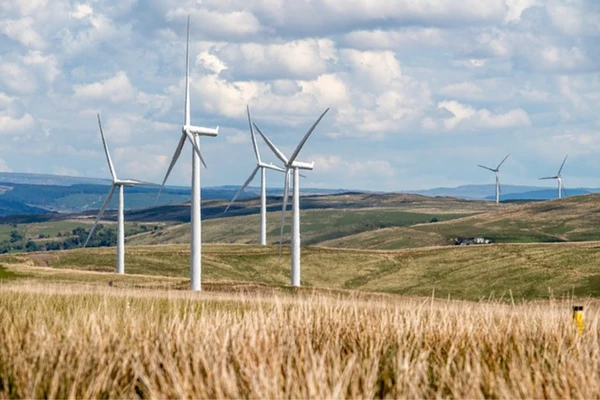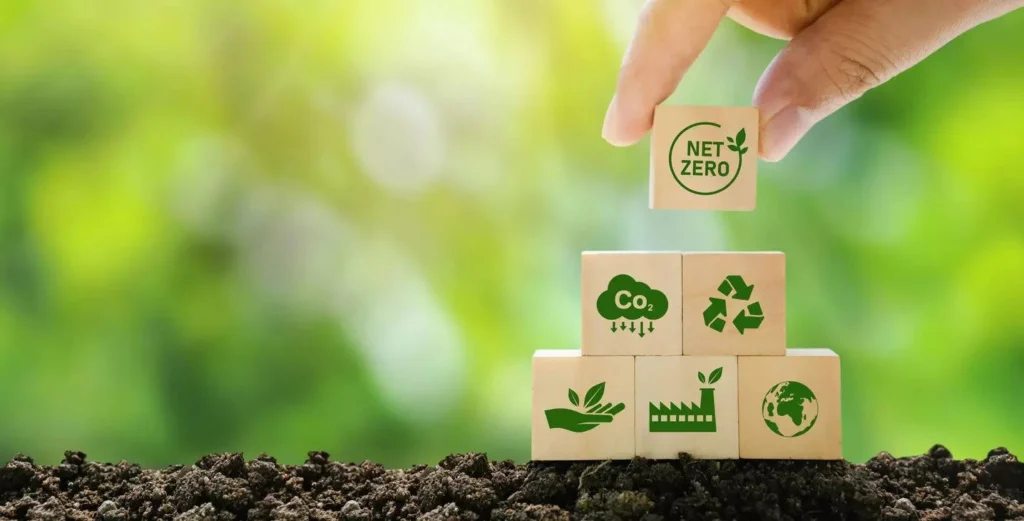The report titled “Synchronizing Energy Transitions towards Possible Net-Zero for India: Affordable and Clean Energy for All” was launched recently.
Objective of the Study:
- The study, sanctioned in November 2021, aimed to analyze India’s energy transition towards a net-zero energy basket.
- It focused on minimizing power costs for consumers and determining an optimum mix of energy sources.
- It was supported by the Office of the Principal Scientific Adviser to the Government of India and the Nuclear Power Corporation of India Ltd.
Key highlights:
- Achieving net-zero requires multiple pathways and coexistence of diverse technologies in the energy basket.
- Coal will remain integral to India’s energy system for the next two decades.
- Substantial contributions from nuclear power and renewable energy (RE) are essential for achieving net-zero by 2070.
- Decarbonization of the electricity sector is imperative for net-zero energy systems by 2070.
- India’s emissions are projected to range between 0.56 btCO2 and 1.0 btCO2 by 2070.
- The remaining emissions gap is anticipated to be offset through sequestration in forestry and tree cover, as outlined in our Nationally Determined Contributions (NDCs).
- Active policies on critical minerals and carbon dioxide removal technologies are necessary for coal phase-down.
- Refurbishing, recycling, and mineral recovery will be vital in meeting future mineral demands.
- Exploring carbon dioxide technologies like bioenergy with carbon capture and storage (BECCS) and carbon capture, utilization, and sequestration (CCUS) is essential for mitigating climate change and reducing greenhouse gas emissions.
- Clean, affordable electricity can be achieved through a focus on nuclear and renewable power.
Recommendations:
- There is a need to synergize efforts across various sectors to implement the potential pathways for a development-led transition to net-zero.
- Assessing alternate energy systems’ life cycles and linking incentives to their net mitigation impact.
- Emphasized the need for developing technologies for low-cost hydrogen production.
- Implement regulatory changes to reflect hydrogen blending limits into natural gas networks, facilitating the integration of hydrogen into existing energy infrastructure.
- Promoting alternate nuclear fuel options such as Thorium to reduce dependence on Uranium imports.
- Establish uranium storage facilities to ensure resilience to disruptions in nuclear power supply chains, thereby enhancing the stability and reliability of nuclear energy systems.
- Invest in developing renewable and battery technologies using domestic mineral resources, such as vanadium-based flow batteries for stationary applications and EV charging infrastructure.
India’s initiatives to achieve Net Zero:
- India announced its commitment to achieve net zero emissions by 2070 at the COP26 conference of the UNFCCC in 2021.
- “Lifestyle for Environment” (LiFE) is a global mission, championed by the clean energy community, aimed at taking bold steps to protect the environment.
- As a founding member of Mission Innovation (MI), India has spearheaded three MI Innovation Challenges: Smart Grids, Off Grid Access to Electricity, and Sustainable Biofuels.
- MI is a global initiative of 23 countries and the European Commission to accelerate clean energy revolution and progress towards the Paris Agreement goals and pathways to net zero.
- The Indian Railway has set an ambitious target to become a net zero carbon emitter by 2030.
Ref:Source
| UPSC IAS Preparation Resources | |
| Current Affairs Analysis | Topperspedia |
| GS Shots | Simply Explained |
| Daily Flash Cards | Daily Quiz |



